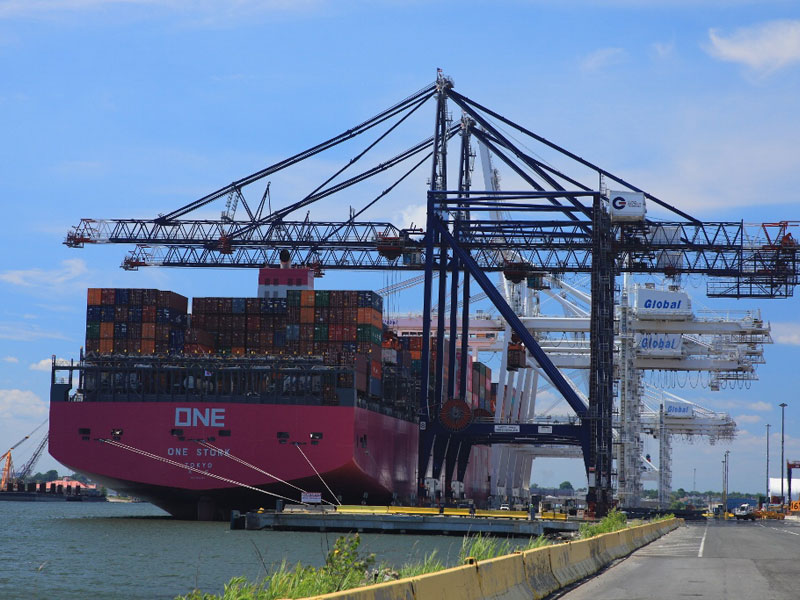The Port of New York and New Jersey is experiencing record cargo growth and has emerged as the nation’s number-two container port. Container volumes are expected to double or triple over the next 30 years at the port, presenting several challenges. With that in mind, the Port Authority released its latest 30-year master plan over the summer.
High on the list of priorities reflected in the strategic plan is to “continue to be sustainable and resilient, driving down diesel emissions, and minimizing noise, congestion and environmental impacts at its facilities throughout the Port of New York and New Jersey.”
“Our focus is going to have to be on air quality,” said Sam Ruda, director of the port department at the Port Authority of New York and New Jersey. “That is where the biggest impacts of port activity occur.”
Drayage trucking immediately comes to mind, with trucks moving 85 percent of all containers into and out of the port, even in the face of the Port Authority’s massive investment in intermodal rail capacity over the years.

The use of electric drayage trucks could also cut down on emissions. One Port Authority tenant recently completed a pilot, during which electric trucks drayed containers from the port to southern New Jersey and eastern Pennsylvania. In the case of the South Jersey delivery, “It worked,” said Ruda, meaning the truck was able to make the delivery without having to be recharged. In the case of the Pennsylvania container, recharging proved to be necessary.
Yard handling equipment will be another of the Port Authority’s big initiatives in the area of air quality. “Over time there will be a migration to much less diesel and more use of electricity for yard handling equipment,” said Ruda. “We just completed an inventory of equipment with the terminal operators, and will be using that information to develop a program to move in the direction of less diesel and more electricity.”
For Ruda, the move to electric vehicles is a no-brainer. The issue, in the case of cargo movements, he explained, is “combining the electric vehicle power with the load-bearing requirements for containers. We’re moving in that direction.”
According to the strategic plan, “the Port Authority will lead by example” by implementing an alternate power source program, converting to low- and zero-emissions operations and equipment, and adopting alternate power sources for administration facilities.
The Port Authority is leading by example is another area as well, one that goes well beyond the confines of its own port community. As a signatory to the Paris climate agreement, the Port Authority of New York and New Jersey continues to work toward achieving the goals outlined in those accords.





